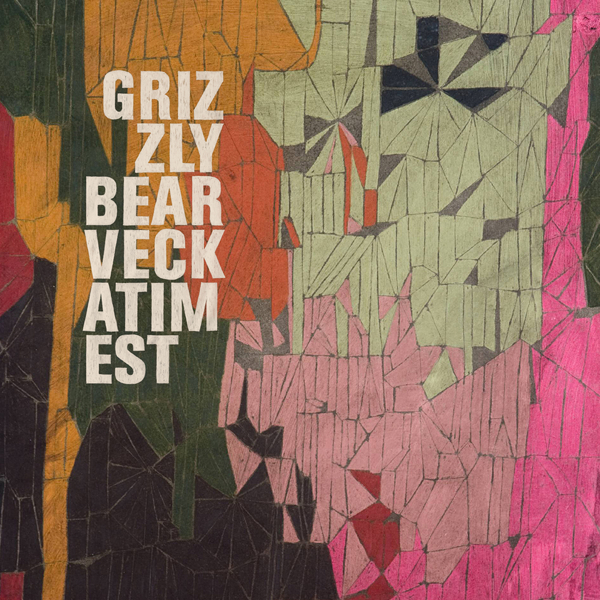
60.
Grizzly Bear
Veckatimest
[Warp; 2009]
Aside from the horrible title, which sounds like someone gargling petrol or some other undrinkable liquid (apologies to the good citizens of the island after which the record was named), Grizzly Bear’s Veckatimest is an elegant, painstakingly precise, and rather gorgeous display of a band at its peak. This 12-track opus comprises songs that, when deconstructed, appear laborious and almost impossibly intricate, yet are anchored firmly by drummer Chris Bear’s percussive expertise, and strong vocals, in particular from sort-of-frontman Ed Droste. A record of diversity, it contrasts the exultant bounce of summery affection (“Two Weeks”) with moments of drowsy, dreamy balladry (“Hold Still”) and melancholic odes (“Ready, Able”) throughout the album’s lush mid-section. Without degrading the group’s lyrical strength, it’s the aesthetic that really makes the album special. It is a testament to the group’s sophisticated exactness that it never seems as if a single note is out of place – everything is refined to the nth degree. Even the naysayers, who label such meticulousness a form of soporific monotony, might find joy in the euphoric panting coda to “While You Wait For The Others,” or the celestial prog freakout on “I Live With You.” These are rare moments on an album defined by its reticence; there is just as much engagement with the listener here in what Grizzly Bear does not do, as with what it does.
– Will Monotti
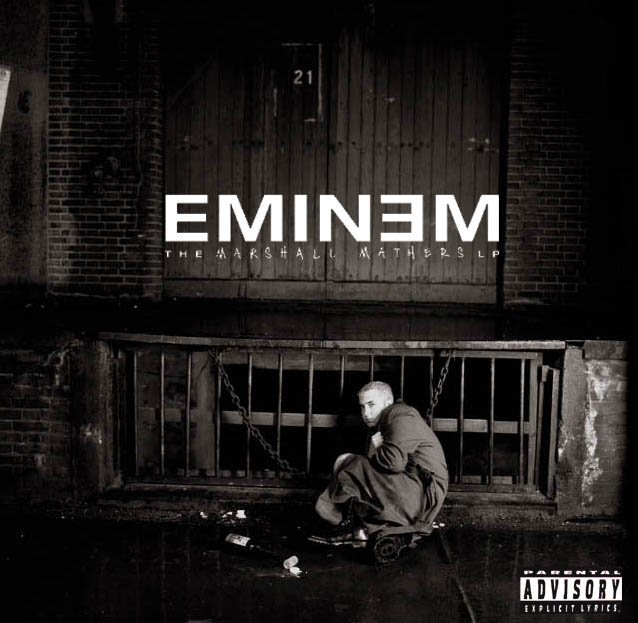
59.
Eminem
The Marshall Mathers LP
[Aftermath; 2000]
The Slim Shady LP had happened. A bunch of people wished it hadn’t. Some thought it was brilliant, others thought it hurt hip hop, while many more just thought his music was bad news. There was no one bigger than Eminem, and no bigger “controversy” was present than that of people whining about his lyrics.
Track for track, Slim Shady vs. Marshall Mathers is played out, “Stan” was released – essentially the most important single of the last decade, if you’re asking me. Going through this album’s merits would take pages, but in short: The Marshall Mathers LP brought what hip hop was becoming at the time full circle with its history. The post-N.W.A Dre was returned to the forefront of rap, and Eminem was now firmly emplaced in its folds. Nobody could really fuck with the white boy anymore: he’d easily out-rhymed Jay-Z (among other grand figures), “changed the game,” and released a masterpiece – one of hip hop’s greatest to this day, whether you like it or not.
– Chase McMullen
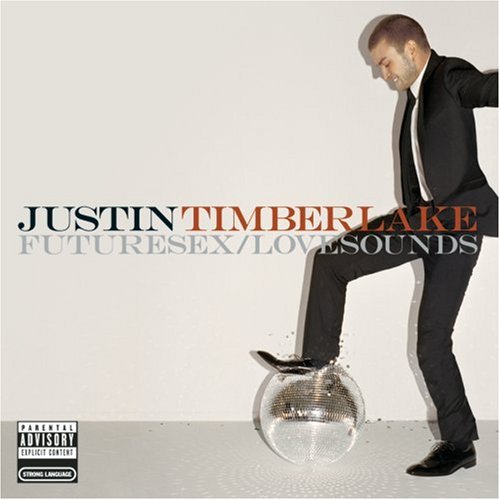
58.
Justin Timberlake
FutureSex/LoveSounds
[Jive; 2006]
It’s a testament to the strength of the material Justin Timberlake and Timbaland created on FutureSex/LoveSounds that it singlehandedly reduced a group that has sold over 50 million albums worldwide to a mere footnote in Timberlake’s career. His first solo album, 2002’s Justified, sold well and received mostly positive reviews, but until 2006, most people still thought of JT as the guy from ‘N Sync. That all changed with the release of this brilliant follow-up. Not since Michael Jackson and Quincy Jones circa Thriller have we seen an artist and producer operating on the same wavelength at the height of their powers on quite this scale. FutureSex merits a spot on this list for its astonishing middle third alone: “My Love,” “LoveStoned/I Think She Knows,” and “What Goes Around” constitute the most exciting and forward-thinking 20 minutes of pop music in recent memory, shifting seamlessly from hyperactive synths to beatboxed disco to something off an Interpol album to epic, sweeping strings and sitar. This sequence is almost prog-rock in places, yet all three of these songs were huge Top 40 hits. Elsewhere on the album, Timberlake introduced the phrase “bringing sexy back” into the cultural lexicon and established his serious-ballad-singer cred with the Donny Hathaway tribute “(Another Song) All Over Again.”
– Sean Highkin

57.
Thom Yorke
The Eraser
[XL; 2006]
Kid B jokes aside, Thom Yorke’s first, and thus far only, album away from Radiohead is a focused and steady album by an artist deeply fascinated by electronic music. On paper, The Eraser should sound a hell of a lot like Kid A. However, while Kid A sounds like the work of a band, The Eraser feels like an individual effort, even if samples of Yorke’s bandmates do make appearances on the album. The album doesn’t sway between moods and tempos like a Radiohead album would. Rather, The Eraser takes on the paranoid temperament of its creator. In this solo setting, Yorke’s lyrical bent comes across as less poetic and more straightforward, such as on the chorus to “Black Swan.” Perhaps more significantly, The Eraser isn’t as densely layered as a Radiohead album. It’s a consistent stream of electronic beats and orchestration backing the detached-sounding voice of Yorke. As a result, it’s easy to overlook how great the songs are. “Harrowdown Hill,” “The Clock,” the aforementioned “Black Swan” and the title track all burst with nervous beauty. Like Yorke’s best work, the album sends the listener through its own little universe. And also like his best work, it invites repeated trips.
– Jason Hirschhorn
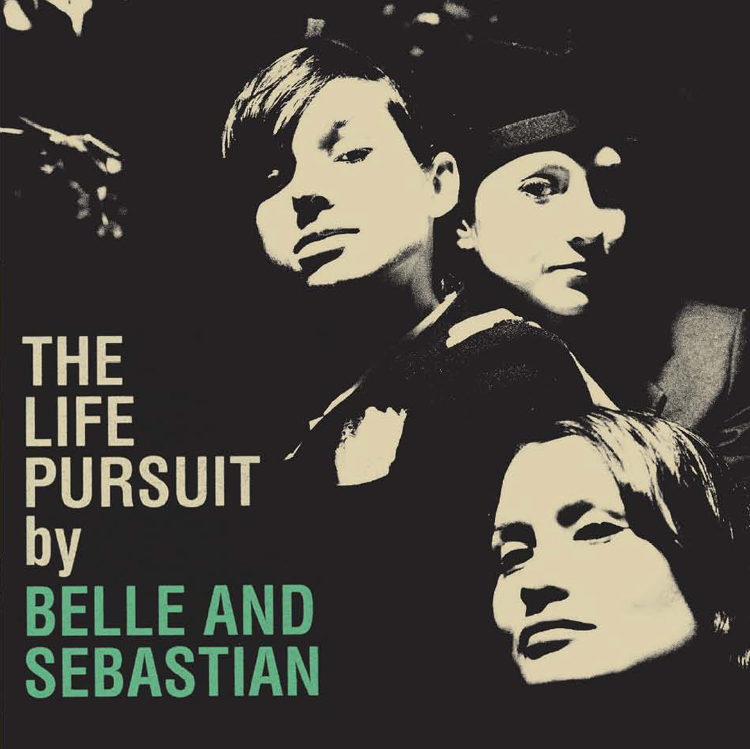
56.
Belle & Sebastian
The Life Pursuit
[Matador; 2006]
The Life Pursuit would have to be near the top of a list of “Comeback Albums of the Decade.” I know there are those B&S diehards who will tell me that I’m wrong, that Fold Your Hands Child, You Walk Like a Peasant is a classic, and while I’ll concede that Dear Catastrophe Waitress has its moments of splendor, I really think you’d be hard-pressed to make a convincing argument that The Life Pursuit is anything less than a remarkable reinvention of a band that had become nearly-suffocated by its own distinct aesthetic and image. While the group maintains its preciousness, the record finds them branching out into genre exercises that are remarkably successful – “Song for Sunshine” is ‘70s AM soul and “The Blues Are Still Blue” almost rocks. There were hints of this turn towards the kind of pop to dance to (rather than draw the blinds and write poetry to) on Waitress, but that record was a halting step where Pursuit is – and who’d ever think you’d say this about a Belle & Sebastian album? – rather swaggering. In a decade that had more than its fair share of shiny indie pop, Belle & Sebastian proved, in a whole new way, that few do it better than these Glasgow popsmiths.
– Elias Isquith
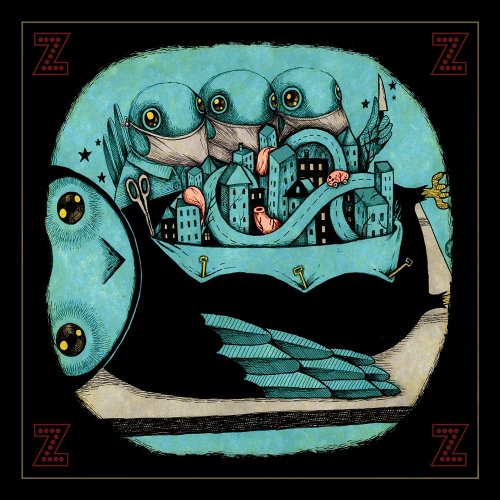
55.
My Morning Jacket
Z
[ATO; 2005]
Z is a molasses marsh of reverb in which the band easily could have floundered, but guided by Jim James’ song craft which he is clearly beginning to master, they skip near effortlessly across the surface, occasionally stopping to soak in the grime, only to jettison up out of the mist, such as on the blissful “Lay Low.” Shifts are everywhere; one minute “Off the Record” is ecstatic, the next it’s ominous, and the next it crawls at a slow grove. “Wordless Chorus” reeks of intimacy while “What a Wonderful Man” is embarrassingly open and raw. The waters are consistently choppy, the band’s direction occasionally wavers, and the record is all the better for it. It comes off as an adventure, something the band just now decided to shoot for, and the very fact that they pull it off so naturally is the only cause for suspicion that they may have planned it all out ahead of time.
– Ian Barker

54.
Gorillaz
Demon Days
[Virgin; 2005]
What started off as a fun side-project for Blur frontman Damon Albarn has turned into a world-wide phenomenon arguably surpassing Blur’s popularity – at least in the US. And while the animated band’s first effort, the self-titled Gorillaz produced memorable singles “Clint Eastwood” and “19-2000,” it wasn’t until they released 2005’s follow-up Demon Days that they were able to harness their eclectic sound into a cohesive project.
Given Gorillaz penchant for an almost revolving door of guest vocalists, it’s funny to think that the success of Demon Days can be mostly attributed to the addition of real famous producer and all around renaissance man: Danger Mouse. Demon Days refined the experimental pop noodling from their previous effort into a fun concept record based loosely around the last living primates on earth. Where Gorillaz seemed to drag on with songs that felt only half-actualized, Demon Days is tightly refined.
Despite incorporating the help of underground music legends like DOOM and Shaun Ryder, the album is a shimmering masterpiece of experimental pastiche pop, solidifying Albarn as much more than a master of Brit guitar rock… even though a group of unruly animations seem to get all the credit.
– Larry Weaver
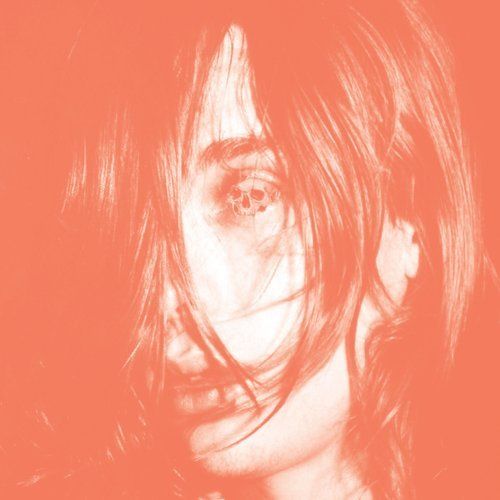
53.
Deerhunter
Microcastle
[Kranky / 4AD; 2008]
With a newfound fan base, one less member and a renewed love in ’60s doo-wop, Bradford Cox and the rest of Deerhunter crafted a perfect mix of ambient, shoegazed pop rock in their 2008 album. Gone were the days of dresses on stage and five-minute ambient interludes, in were the days of gorgeous, lightweight pleas for erotic asphyxiation and stories about Zelda-influenced child abuse. So it’s still the Deerhunter we know and love, just a bit smoother around the edges. Where their 2007 album Cryptograms would stall and lose flow, a result due to a staggered recording process with two distinct halves, Microcastle is an ingenious work of album sequencing; short, sharp stabs of music that continually keep you engaged and surprised.
The album brings such soon-to-be classics as “Agoraphobia” and “Nothing Ever Happened” to the table, features a stunning centrepiece medley and even manages to include Cole from the Black Lips. It’s assured the band will have one of the best live shows on Earth for many years to come.
– Hamish Duncan
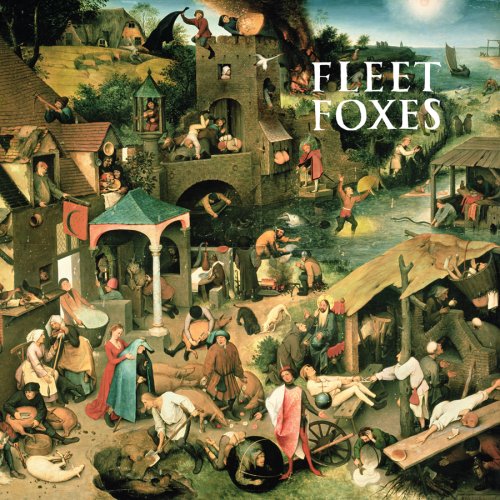
52.
Fleet Foxes
Fleet Foxes
[Sub Pop; 2008]
It is difficult to pinpoint what renders Fleet Foxes’ self-titled debut so effortlessly enjoyable. Perhaps it is its timelessness; whilst it arrived in 2008, its all-male harmonising, so perfect as to recall the Beach Boys and Crosby, Stills, Nash & Young, meant it could well have been released decades earlier. Perhaps it is the melange of styles Robin Pecknold and his troupe manage to squash into the album’s forty minutes; gospel tinges on single “White Winter Hymnal” give way to the sunny rollick of “Ragged Wood,” before “Tiger Mountain Peasant Song” has the listener swooning; and all that’s just the record’s first half. Perhaps it is the strength of the group’s impeccable songwriting; tales of love, heartbreak and passion are loosely veiled in various forms of wood folk imagery, as the placidness evoked in images of streams, mountains, and frontiers is juxtaposed with the macabre blood-stained snow of “White Winter Hymnal.” Or, perhaps, it’s just because – as far as bearded indie rock goes, at least – it’s just so staggeringly beautiful.
– Will Monotti
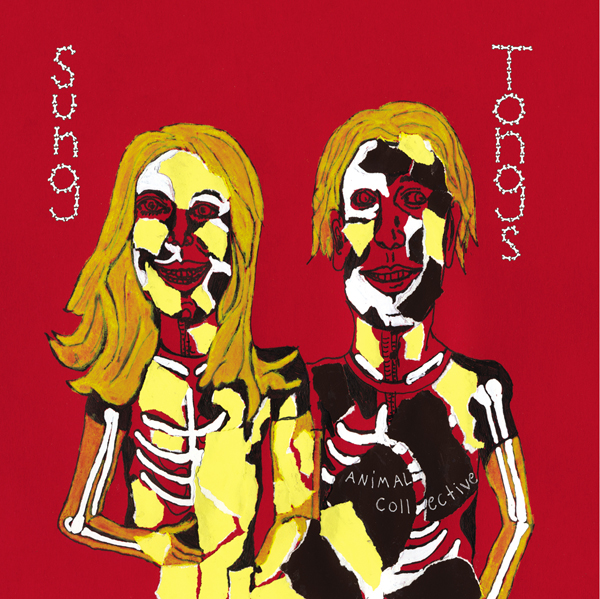
51.
Animal Collective
Sung Tongs
[FatCat; 2004]
I remember hearing Sung Tongs sometime in 2004, right when the “freak-folk” tag was becoming a buzzword. Though that label may have been appropriate for some of Animal Collective’s contemporaries at the time, it was never appropriate for them; Sung Tongs is a folk album in the same way Merzbow is easy listening. Sure, there are acoustic guitars, but here Avey Tare and Panda Bear use them more as a medium to temper the spastic visions of their earlier work into something a bit more manageable, rather than to work within any kind of folk tradition, and really, it all just sounds fantastic. The vocal tics from both Bear & Tare work stunningly with the rubbery acoustics and avoid sounding obnoxious, as they can and have on other Animal Collective releases. (Note: I’m not trying to be purposely reactionary to Animal Collective here, I just happen to like Sung Tongs a good deal more than anything else under the Animal Collective name). The record exudes a kind of warmth and humanity that’s absent from most of their work before or since, and even in light of the world-conquering Merriweather Post Pavilion, that’s the reason I’m convinced Sung Tongs is still their pinnacle.
– Bill Delaney

